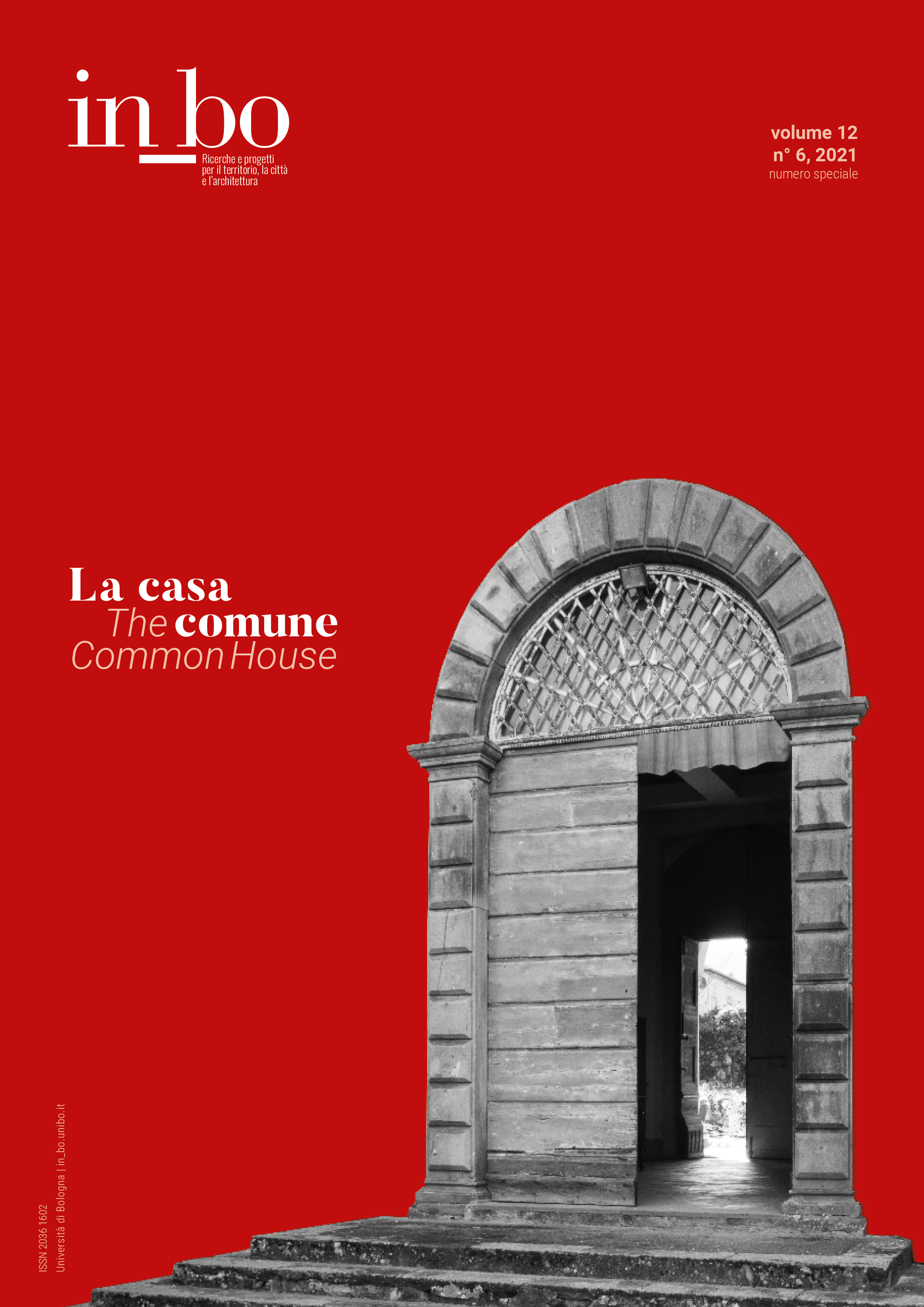From Hospitium to Hortus Medicus: The Roots of Public Healthcare
DOI:
https://doi.org/10.6092/issn.2036-1602/12457Keywords:
Saint Benedict, monastic hospice, giardino dei semplici, botanic garden, Santa Maria Nuova in FlorenceAbstract
The public health system is the result of a social and religious development, which has its roots in the first forms of anachoretism of Saint Anthony the Great in the East, and in the monacheism of Saint Benedict and Columbanus in the West. From the first hospitia, which protected pilgrims during their pilgrimage towards the Holy Land, similar structures developed in connection to the monasteries and the rule of Saint Benedict. Afterwards we encounter more articulated systems which included the so-called giardino dei semplici, provided with out-and-out infirmaries and primitives pharmacies. These structures, initially used only by monks, soon became structures for pilgrims and foreigners, reference points of public healthcare. The secularization of those structures resulted in the creation of the first hospitals combined with the chair of medicine and botanic, and equipped with medical gardens, where medicinal herbs were grown and used for sicks. A modern and functioning example is the Hospital of Santa Maria Nuova in Florence.
Downloads
Published
How to Cite
Issue
Section
License
Copyright (c) 2021 Paolo Luzzi

This work is licensed under a Creative Commons Attribution-NonCommercial 3.0 Unported License.





